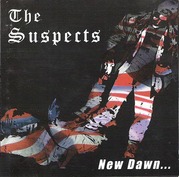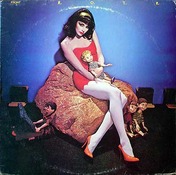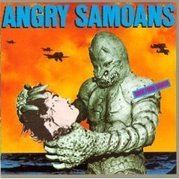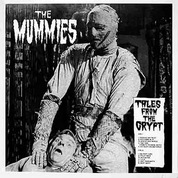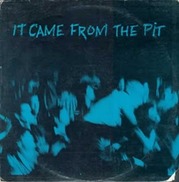Without debate, there are always at least two ways to look at a single situation. There’s the good, the bad and whatever can fit in-between. And while most would agree that being in a band and having a radio station deejay schilling for your scene is a good deal, that’s not the case if you feel that you’ve been shut out.
Back in 1970’s Los Angeles, Rodney Bingenheimer a deejay for KROQ, had settled upon his favorite punk acts from the scene. And, no there’s no reason that he was playing those group’s on the radio apart from the fact that he liked the music, he didn’t really fall in love with the Angry Samoans, though.
